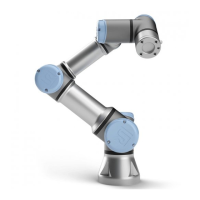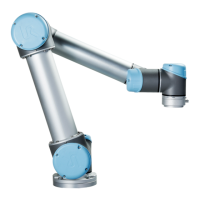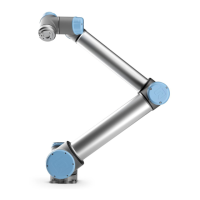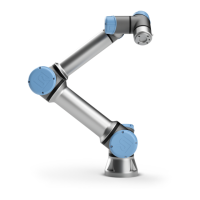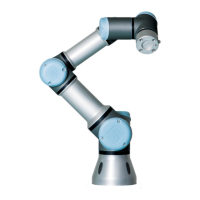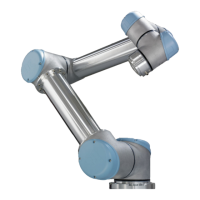Collaborative
Operation 2011
edition, clause
5.10.5
Technique Explanation UR e-Series
Power and
force limiting
(PFL) by
inherent
design or
control
How to accomplish PFL is left to the
robot manufacturer. The robot
design and/or safety functions will
limit the energy transfer from the
robot to a person. If any parameter
limit is exceeded, a robot stop
happens. PFL applications require
considering the ROBOT
APPLICATION (including the end-
effector and workpiece(s), so that
any contact will not cause injury.
The study performed evaluated
pressures to the ONSET of pain,
not injury. See Annex A. See
ISO/TR 20218-1 End-effectors.
UR robots are power and force
limiting robots specifically
designed to enable
collaborative applications
where the robot could contact a
person and cause no injury.
UR robots have safety
functions that can be used to
limit motion, speed,
momentum, force, power and
more of the robot. These safety
functions are used in the robot
application to thereby lessen
pressures and forces caused
by the end-effector and
workpiece(s).
UR10e 112 User Manual
15.Safety Functions Table 1
Copyright © 2009–2024 by UniversalRobotsA/S. All rights reserved.
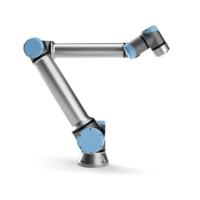
